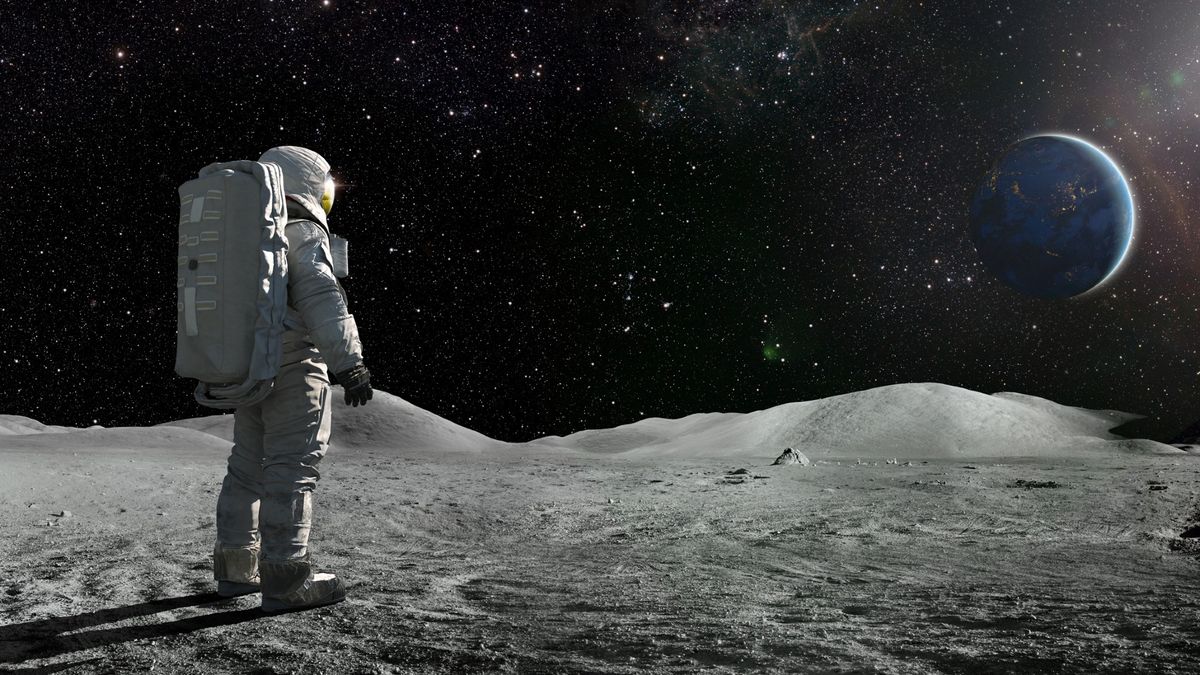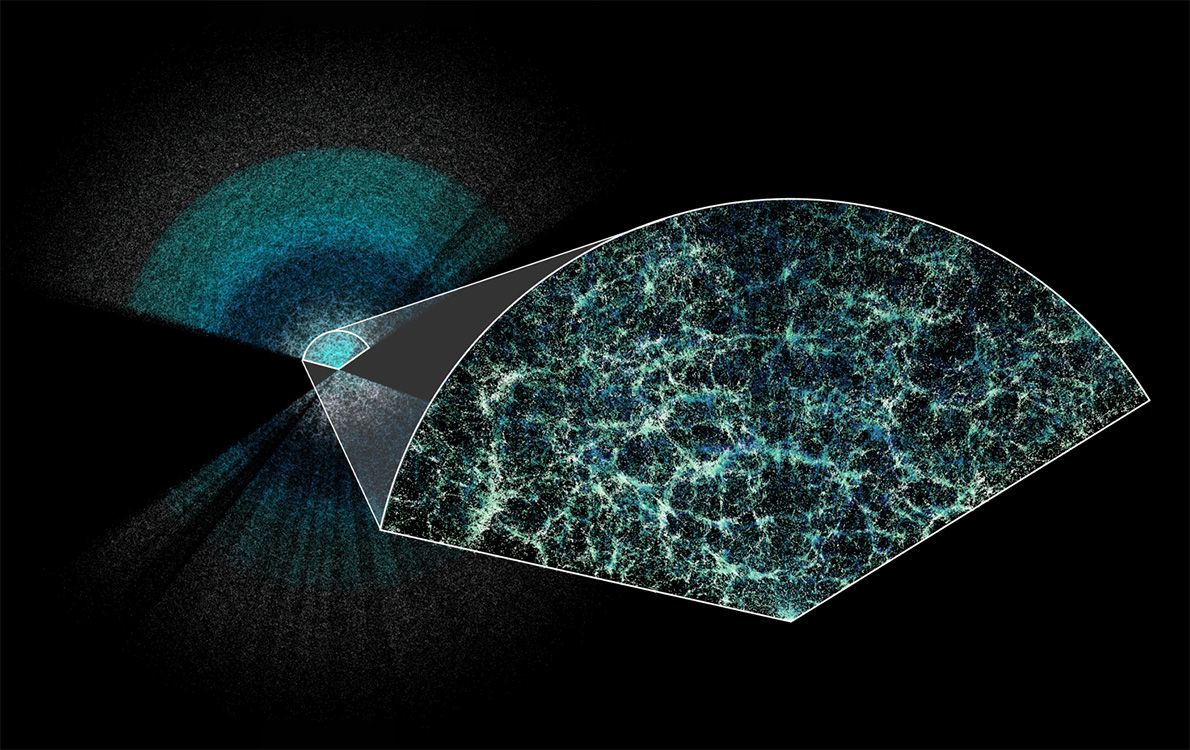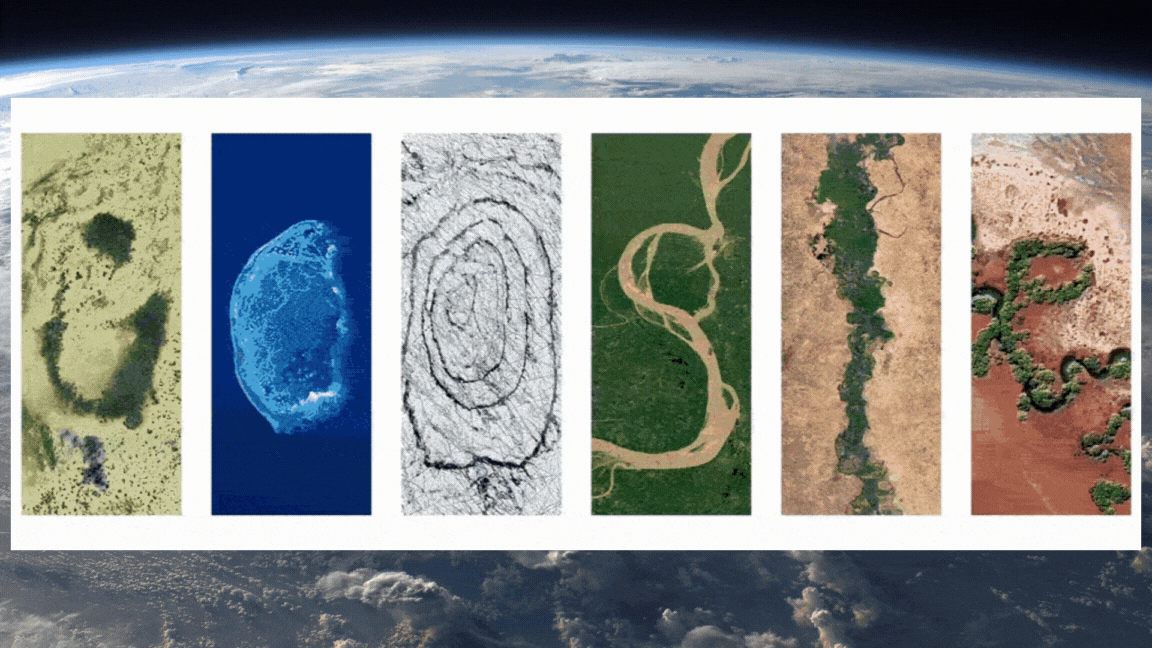Physical Fitness in Low-Gravity Environments: A Novel Exercise Approach
Individuals spending extended periods in low-gravity environments, such as future lunar habitats, face significant physiological challenges. Muscular atrophy, bone density loss, and reduced motor control are among the detrimental effects. To mitigate these issues, astronauts engage in rigorous exercise regimens during space missions. Without adequate physical conditioning, individuals struggle to adapt to Earth’s gravity upon return.
Researchers from the University of Milan have pioneered a novel exercise method tailored for lunar inhabitants. Their innovation involves traversing the interior of a ‘Wheel of Death’, a concept frequently observed in circuses and amusement parks on Earth. Traditionally, this structure features a large horizontal ring, necessitating rapid movement to counteract the gravitational pull and prevent falling off.
On Earth, the physical demands of maneuvering inside such a wheel are insurmountable without external mechanical assistance, typically a motorbike. However, in the moon’s diminished gravity, approximately one-sixth of Earth’s, running along the interior may be feasible. This activity could simulate running on a level surface under significantly higher gravitational forces.
Experimental Validation
The Milan research team conducted a pivotal experiment to validate the viability of this exercise regimen. Utilizing a Wheel of Death with a diameter of 9.4 meters (30.8 feet), participants were suspended by bungee cords to replicate lunar gravity conditions. Despite initial skepticism, both individuals successfully navigated the wheel’s interior, completing multiple rounds with ease after minimal practice.
Measurement of key performance indicators such as speed, stride length, and ground impact force revealed striking similarities to terrestrial running conditions. The findings suggest that running inside a wheel on the moon could effectively counteract muscle and bone degeneration associated with prolonged space stays.
Published on May 1 in the prestigious journal Royal Society Open Science, this groundbreaking research underscores the potential of innovative exercise modalities in mitigating the adverse effects of low-gravity environments on human physiology.
Image/Photo credit: source url





